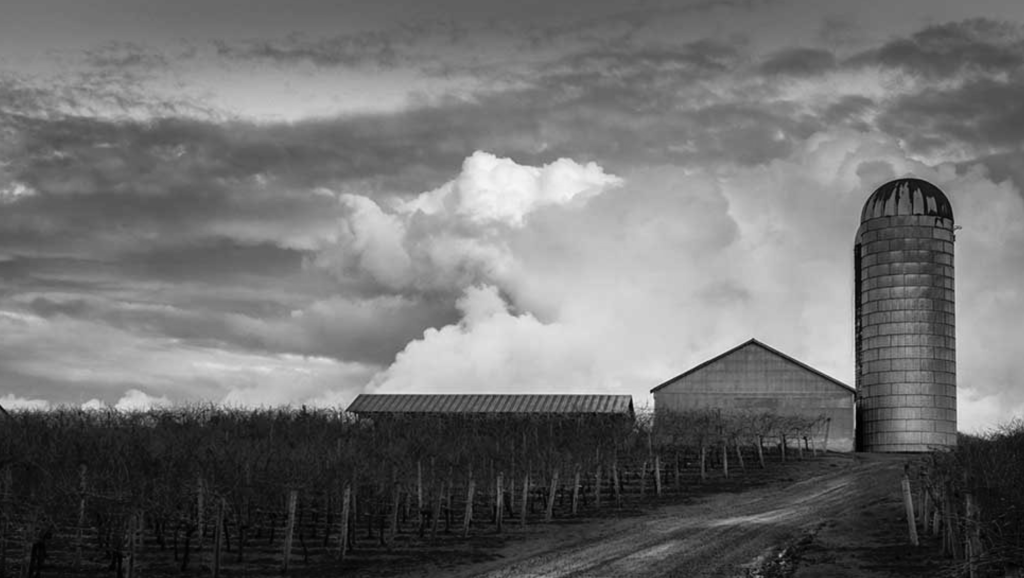oregon
Oregon’s climate is ideal for growing cool-climate grapes, such as Pinot Noir, Chardonnay, and Pinot Gris. The cool climate provides a great balance between acidity, body, and alcohol, which is increasingly desired by consumers.

COOL CLIMATE OREGON
Oregon’s combination of ideal terroir, small-scale artistry, experimental spirit, and dedication to authenticity creates wines that feel both handcrafted and cutting-edge—exactly the qualities that wine collectors seek in premium bottles.

Strong Pinot Nor Identity.
NestledOregon’s Pinot Noir has earned global acclaim, rivaling Burgundy’s finest.
This reputation for excellence in a single, challenging grape variety has elevated the state’s prestige among collectors and critics.on the western slopes of Monte Amiata, Montecucco is emerging as Tuscany’s “secret wine gem.” The region produces elegant Sangiovese-based wines, including the Montecucco Sangiovese Riserva DOCG, characterized by ruby-red hues, fruity aromas of plums and black cherries, and a dry, complex palate with structured tannins. These wines offer a refined alternative to more widely known Tuscan reds. space to add a short description.
Artisanal, small lot production.
Most Oregon wineries are small, family-owned operations that emphasize quality over quantity.
Winemakers often experiment with sustainable, biodynamic, and organic practices, appealing to modern wine collectors who value authenticity and environmental stewardship.
Innovation & Experimentation.
Innovation and Experimentation
Oregon winemakers are known for pushing boundaries—exploring less common varietals (e.g., Gamay, Tempranillo, Albariño) and new winemaking techniques (like amphora aging or skin-contact whites).
Collaboration and openness within the winemaking community foster creativity and rapid innovation.
spirit of adventure
Although Oregon is best known for its world-class Pinot Noir, but one of the most exciting aspects of the state’s wine scene is its growing portfolio of rare and unusual grape varieties. Winemakers here have embraced experimentation, using the state’s diverse climates and soils to explore grapes that are uncommon elsewhere in the U.S. These wines reflect Oregon’s adventurous spirit and its commitment to innovation.
These lesser-known grapes highlight Oregon’s diversity of terroir and spirit of experimentation. Winemakers aren’t afraid to take risks, planting unconventional varietals that suit specific microclimates rather than following global trends. As a result, Oregon is emerging as one of the most dynamic and exploratory wine regions in the world—offering collectors and enthusiasts distinctive wines with a sense of discovery.
Tannat
Known for its intense tannins and color, Tannat is being carefully tamed in Southern Oregon.
When grown and handled skillfully, it yields rich, full-bodied reds with deep blackberry fruit and spice—a bold contrast to the state’s lighter Pinot-driven profile.
Tempranillo
Southern Oregon’s warmer Rogue and Umpqua Valleys, Tempranillo—Spain’s signature red grape—flourishes.
The region’s long, dry growing season allows the grape to ripen fully, yielding bold, structured wines with dark fruit and savory undertones reminiscent of Rioja.
Gamay Noir
Once overshadowed by Pinot Noir, Gamay Noir is gaining traction in the Willamette Valley.
The grape thrives in Oregon’s cool climate, producing bright, juicy wines with red fruit, spice, and refreshing acidity—often compared to top Cru Beaujolais.
It’s quickly becoming a darling of sommeliers for its food-friendly versatility.
Grüner Veltliner
Originally from Austria, Grüner Veltliner has found a home in Oregon’s higher-elevation vineyards.
It offers crisp citrus, white pepper, and herbal notes, often with a mineral-driven finish.
This varietal highlights Oregon’s potential to produce elegant, Old World–style white wines.